Europium: Element Properties And Uses
Description
Europium is a rare earth metal known for its high fluorescence and for its capacity to absorb and emit light. It is frequently utilised in phosphorescent applications and in nuclear reactor systems.
Introduction to the Element
Initially isolated in the early 20th century, Europium was examined because of its ability to emit bright red light when incorporated in phosphors. Its scarcity and distinct properties have attracted attention in academic research as well as in various industrial processes. Researchers have determined that its reactivity and the two oxidation states, +2 and +3, render Europium a subject of interest for laboratory studies and for commercial applications.
Chemical Properties Description
Europium, represented by the symbol Eu, exhibits the ability to exist in both the +2 and +3 oxidation states. The element displays moderate reactivity and reacts slowly with oxygen and atmospheric moisture. Its compounds, particularly in the divalent state, show marked luminescence under ultraviolet light. Consequently, Europium is indispensable for the manufacture of red phosphors for displays and lighting systems.
Moreover, its chemical behaviour in forming stable complexes has proved advantageous for separation processes in metallurgy and in analytical chemistry. Its affinity for oxygen leads to the formation of oxides, which have been investigated for potential applications in sensors and catalysts.
Researchers have also observed that the presence of Europium in certain alloys alters their magnetic and optical characteristics, thereby highlighting its significance in contemporary materials science.
Table of Physical Properties Data
|
Property |
Value |
Description |
|
Atomic Number |
63 |
Number of protons in the atomic nucleus |
|
Atomic Mass |
151.96 u |
Average atomic mass |
|
Melting Point |
822 °C |
Temperature at which the metal transitions to the liquid state |
|
Density |
5 264 g/cm³ |
Mass per unit volume |
|
Crystal Structure |
Hexagonal |
Arrangement of atoms in the solid state |
Further information may be found at Stanford Advanced Materials (SAM).
Common Uses
The distinct properties of Europium have resulted in its application across various advanced sectors. One notable use is in the manufacture of phosphors for televisions, computer monitors and LED lighting. Its capacity to emit bright red light is essential for achieving accurate colour reproduction in display technologies.
In addition, Europium compounds are employed in the production of specialised optical materials. These materials find use in lasers, scintillators and in certain types of glass that require enhanced luminescent properties.
The element is also utilised in the nuclear industry, where it is incorporated into control rods and radiation shielding. Given its stability and specific reactivity, Europium is processed into various alloys and ceramics that are recognised as associated industrial products.
Preparatory Methods
The procedures for obtaining high-purity Europium are complex and require specialised techniques. The extraction process generally commences with the mining of minerals that contain rare earth elements. Once the ore is extracted, it is subjected to acid leaching, thereby facilitating the dissolution of its constituent components. The resultant solution is processed through solvent extraction and ion exchange methods to separate Europium from the other lanthanides. Further purification is achieved by reduction processes, which convert the extracted Europium into its metallic form.
Frequently Asked Questions
What is Europium?
Europium is a rare earth metal, symbolised as Eu with atomic number 63, and is known for its luminescent properties.
Where is Europium commonly found?
Europium is primarily obtained from minerals present in rare earth deposits found in specific regions of the world.
What are typical applications of Europium?
It is chiefly used in phosphors for display screens and lighting, as well as in specialised optical devices within the electronics sector.
How is Europium processed for industrial applications?
The processing methods include acid leaching, solvent extraction and reduction techniques to isolate and purify the metal from its ore.
Why are associated industrial products important for Europium?
Associated industrial products utilise the specific properties of Europium, thereby enhancing performance in electronic displays, lighting and modern material applications.

 Bars
Bars
 Beads & Spheres
Beads & Spheres
 Bolts & Nuts
Bolts & Nuts
 Crucibles
Crucibles
 Discs
Discs
 Fibers & Fabrics
Fibers & Fabrics
 Films
Films
 Flake
Flake
 Foams
Foams
 Foil
Foil
 Granules
Granules
 Honeycombs
Honeycombs
 Ink
Ink
 Laminate
Laminate
 Lumps
Lumps
 Meshes
Meshes
 Metallised Film
Metallised Film
 Plate
Plate
 Powders
Powders
 Rod
Rod
 Sheets
Sheets
 Single Crystals
Single Crystals
 Sputtering Target
Sputtering Target
 Tubes
Tubes
 Washer
Washer
 Wires
Wires
 Converters & Calculators
Converters & Calculators
 Write for Us
Write for Us
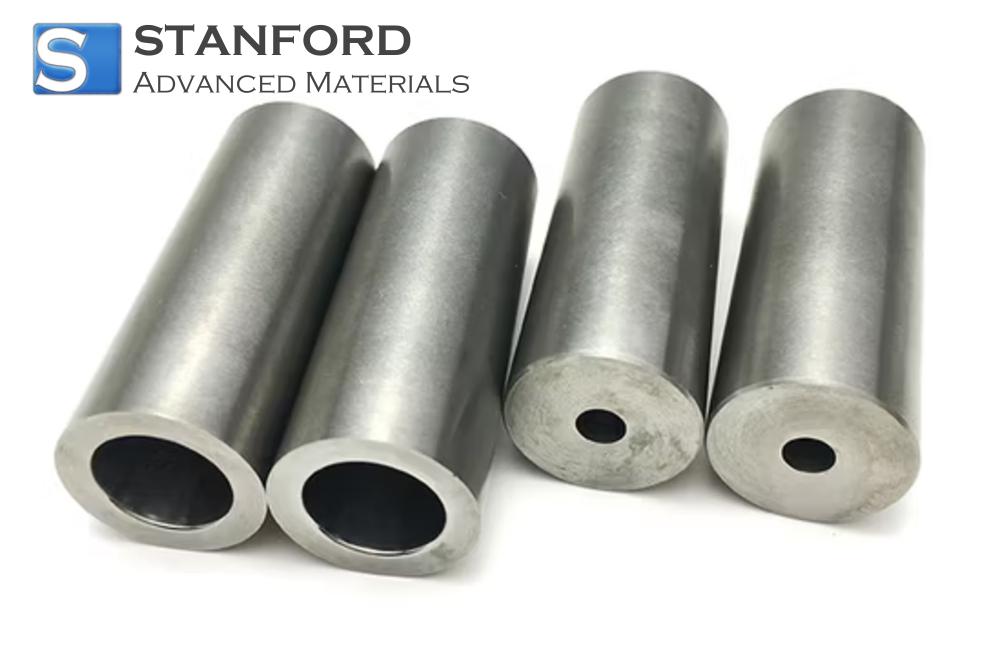
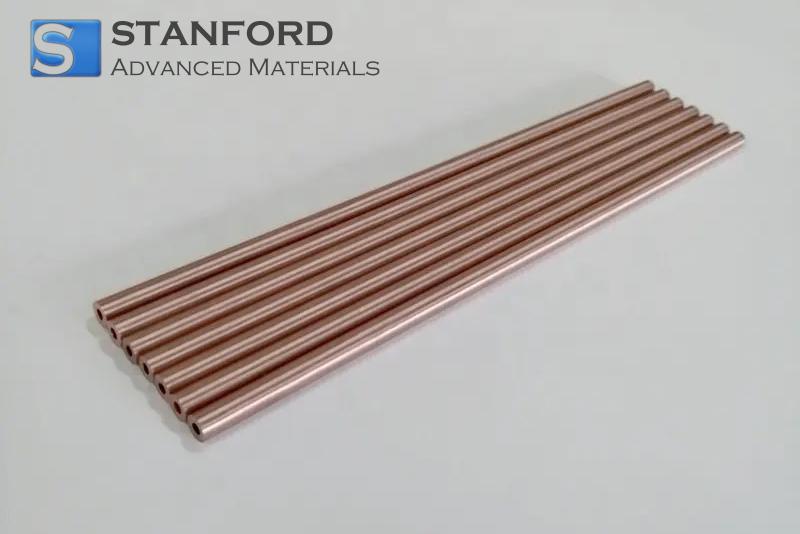
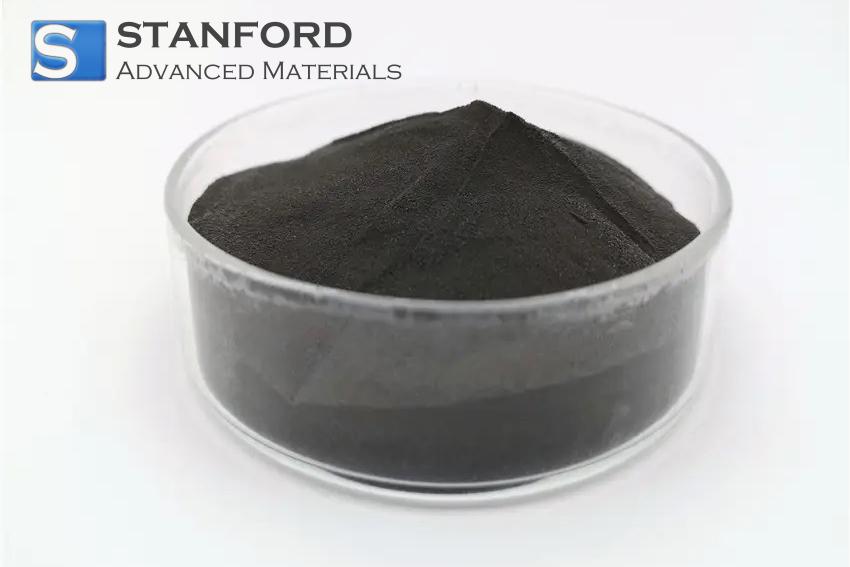
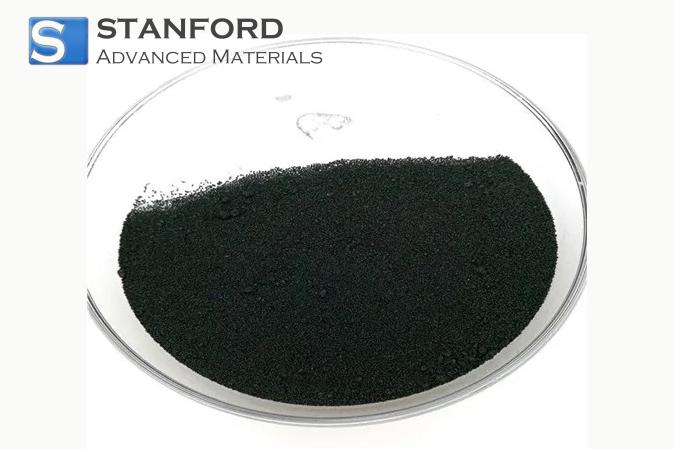
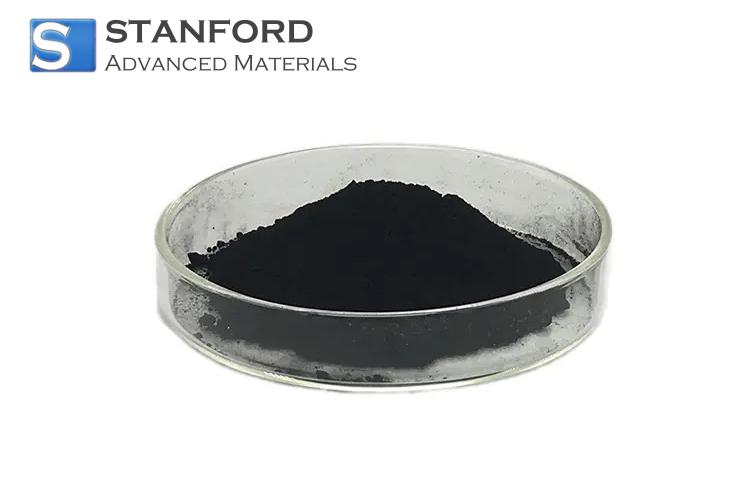
 Chin Trento
Chin Trento



